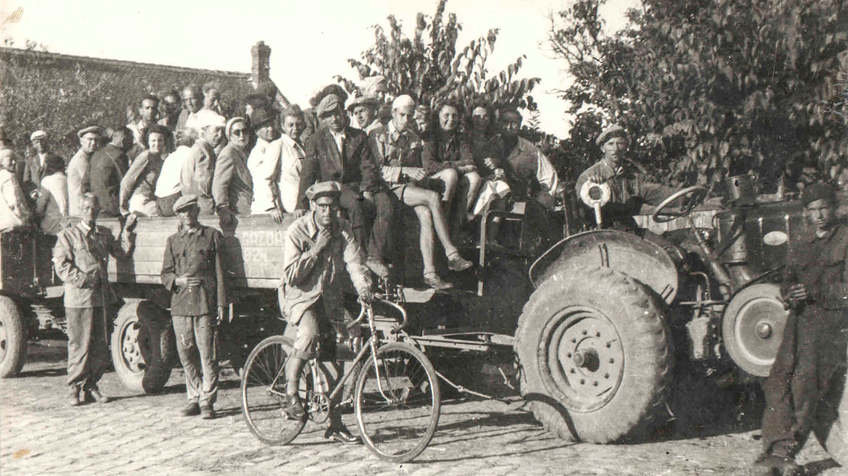By UME
The communist elite seized and occupied the homes of Hungary’s aristocrats, high-ranking officers, intellectuals and industrialists
Seventy years ago, in May 1951, the communist police and intelligence services began the deportation of those who were considered “enemies of the working class”. Almost 14,000 high-ranking officers and politicians of the previous regime, as well as aristocrats, industrialists and their families, were evicted from their homes in the capital and taken to rural areas where they were housed with the local population.
By 1948, Soviet-occupied Hungary had completed the transition to a full-fledged communist system, with the trio of the Labor Party, Secretary General Mátyás Rákosi, Interior Minister Ernő Gerő, and Defense Minister Mihály Farkas serving as the nation’s supreme leaders.
In the spring of the same year, Hungary nationalized all companies with more than 100 employees by government decree. While some aristocrats and former politicians of the previous regime decided to leave the country, many still hoped that communist rule would be temporary and tried to survive it as best they could.
Although they could only find menial jobs, they still owned their homes and private property and were a thorn in the side of the new regime, especially in Budapest.
Various forms of deportation were used to break their resistance and confiscate their property; it could be single or whole families who were sent to different parts of the country. During the first mass deportation in Budapest in the summer of 1950, almost 10,000 people had already been deported as internees to the labor camps on the Hortobágy plain. One year after the deportations to Hortobágy, from May 21 to July 18, 1951, 13,670 people were officially deported from the districts of the capital to the eastern counties of the country, to 137 settlements and homesteads.
At the time, the Hungarian dictatorship wanted as a preventive strike to get rid of all social classes who represented a potential threat to it, since they claimed they were enemies of the working class. This included those whose pre-war position, military or other rank, wealth, intellectual capital, or background was viewed as a “crime,” as well as those who did not sympathize with the regime.
The communist leader József Révai demanded in the party newspaper Free Nation in 1946 that class enemies should be “free and punishable”. The deportations were also seen as part of the rapid Sovietization ordered by Stalin.
The deportations began on May 21, 1951 with an evacuation warrant signed by the Interior Ministry without trial. These were usually delivered in the morning hours and families were given 24 hours to collect and pack the permitted amount of belongings – usually no more than two suitcases. Their houses were cordoned off, they were taken to rural settlements and had to work as servants – if they were lucky. In winter there was no work and a few were allowed to go into the cities to get something to eat.
The deportations ended with the amnesty law of 1953 (November 11), but none of the deportees were allowed to return to Budapest or any other city. By then, their homes had already been confiscated and occupied by the communist elite.
Source: Magyar Nemzet / Remix News

